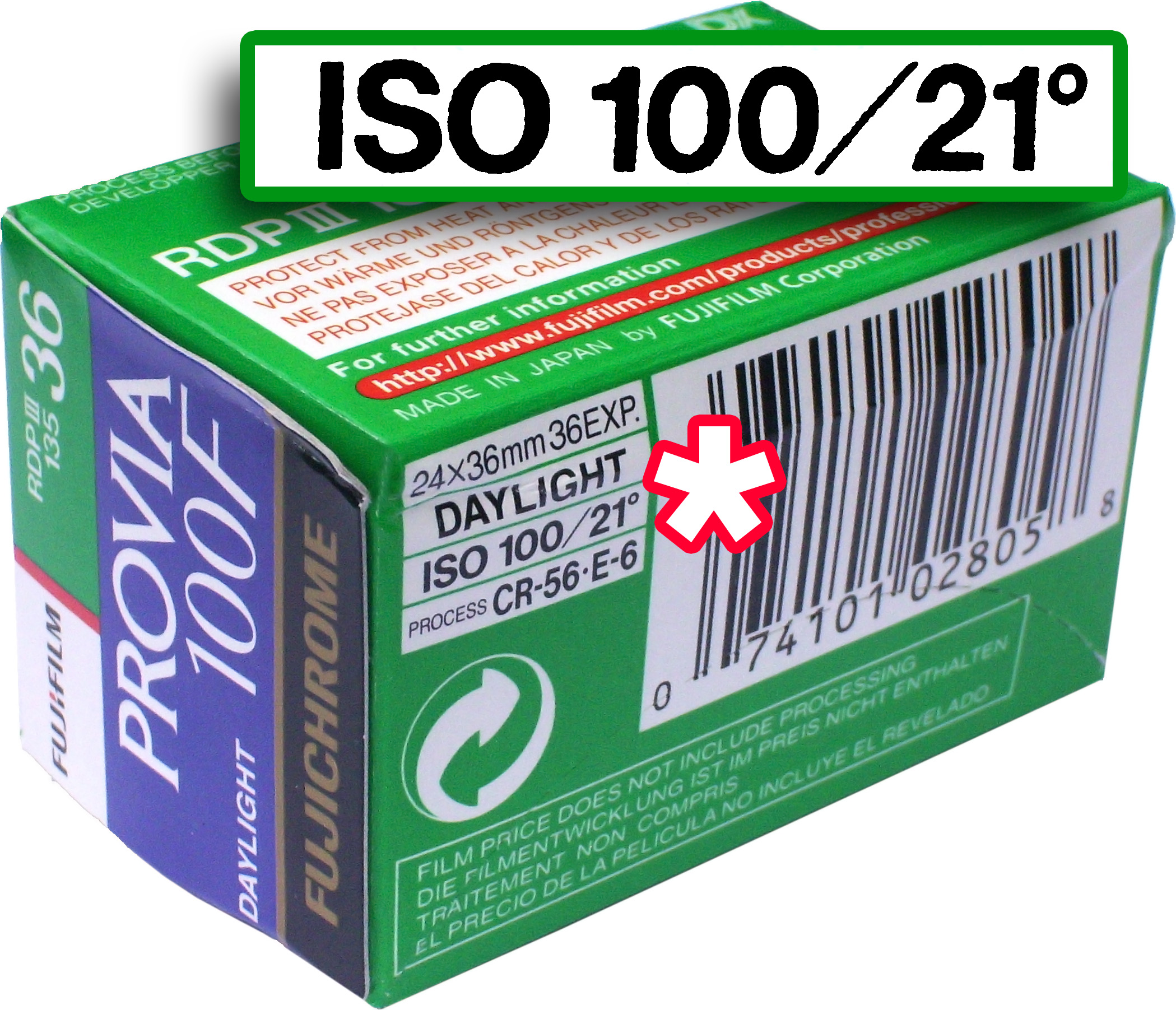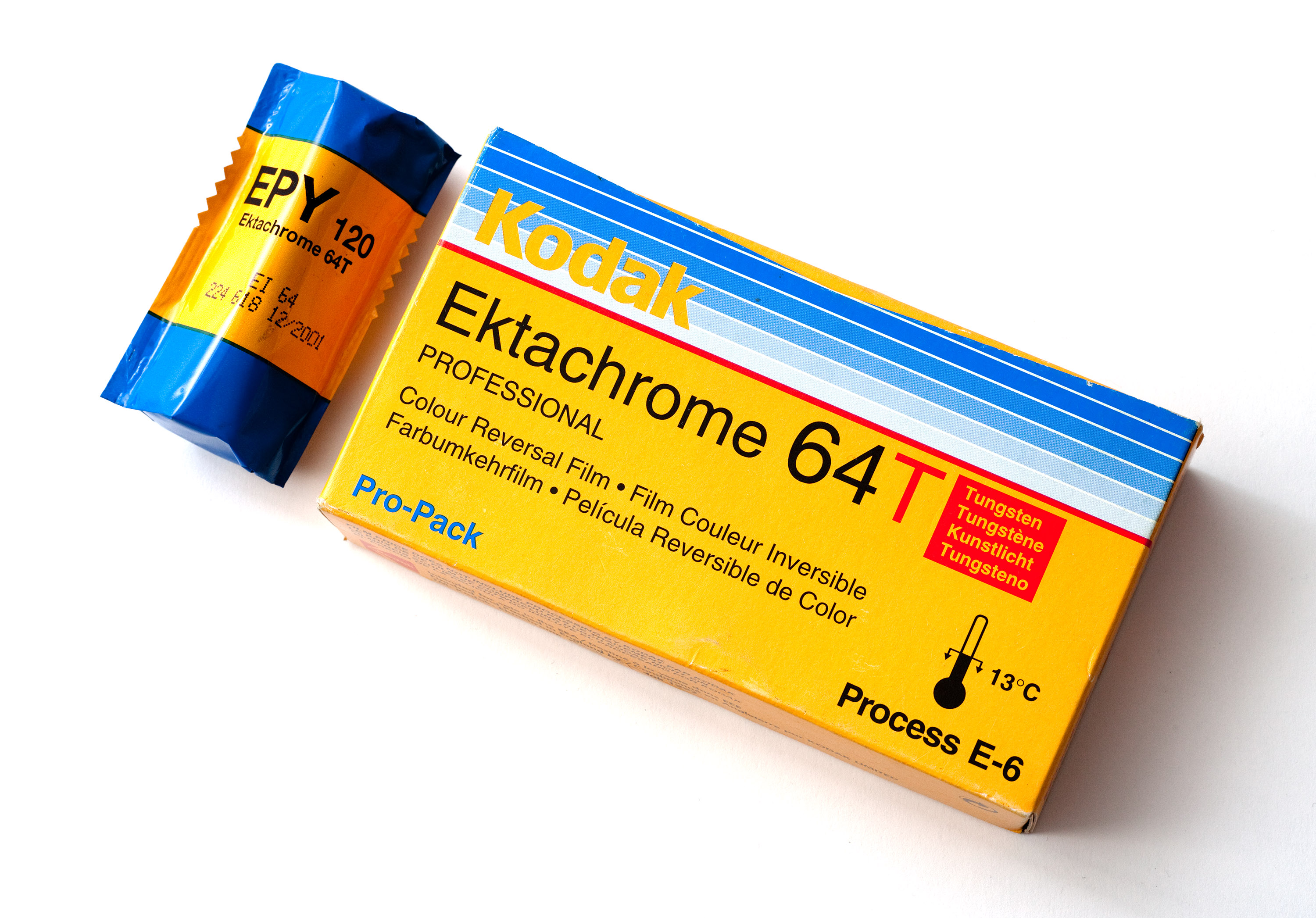|
Notch Code
A notch code is a set of notches or recesses cut into the edge of a piece of sheet film to provide a tactile way to identify the film brand, type, and processing chemistry (e.g. black and white, color negative, or color reversal) in the dark. It enables photographers to identify the emulsion side of the film when loading sheet film holders, and helps processing lab technicians avoid placing sheets in the wrong processor. After processing the notches serve as a permanent visual record of the same information. When the film is oriented vertically (portrait format), the notches are in the top edge near the upper right corner when the emulsion faces the viewer. Code notches and ISO speeds for Kodak sheet films Code notches and ISO speeds for Ilford sheet films Code notches and ISO speeds for Fuji sheet films Historic Notch Codes {{Empty section, date=October 2019 Sources * Note 31.3 of the RIT Rit is a brand of dye A dye is a colored substance that chemically bonds t ... [...More Info...] [...Related Items...] OR: [Wikipedia] [Google] [Baidu] |
Sheet Film
Sheet film is large format and medium format photographic film supplied on individual sheets of acetate or polyester film base rather than rolls. Sheet film was initially supplied as an alternative to glass plates. The most popular size measures ; smaller and larger sizes including the gigantic have been made and many are still available today. Using sheet film To use sheet film, the photographer places a sheet of film, emulsion side out, into a film holder in the dark, and closes the dark slide over the loaded film. Next, the holder is inserted into a large-format camera, and the dark slide is removed from the holder. The exposure is made, the dark slide is replaced, and the film holder is removed from the camera. Notches Sheet films have notches cut into one short side. This makes it simple to determine which side is the emulsion, when the film is hidden from sight (in the darkroom, or inside a changing bag). When holding the sheet in "portrait" orientation (short ... [...More Info...] [...Related Items...] OR: [Wikipedia] [Google] [Baidu] |
Film Speed
Film speed is the measure of a photographic film's sensitivity to light, determined by sensitometry and measured on various numerical scales, the most recent being the ISO system. A closely related ISO system is used to describe the relationship between exposure and output image lightness in digital cameras. Relatively insensitive film, with a correspondingly lower speed index, requires more exposure to light to produce the same image density as a more sensitive film, and is thus commonly termed a ''slow film''. Highly sensitive films are correspondingly termed ''fast films''. In both digital and film photography, the reduction of exposure corresponding to use of higher sensitivities generally leads to reduced image quality (via coarser film grain or higher image noise of other types). In short, the higher the sensitivity, the grainier the image will be. Ultimately sensitivity is limited by the quantum efficiency of the film or sensor. Film speed measurement systems His ... [...More Info...] [...Related Items...] OR: [Wikipedia] [Google] [Baidu] |
Kodak Tri-X
Tri-X is a black and white photographic film produced by the Eastman Kodak Company. Since 2013 it is distributed by Kodak Alaris which controls the ''Kodak Professional'' product line under which it is grouped. The combination of hand held cameras and high speed Tri-X film was transformative for photojournalism and for cinema. Overview Introduced around 1940 in sheets rated at ASA daylight 200 and tungsten 160, it was one of Kodak's first high-speed (for the time) black and white films. Tri-X was released in 35 mm and 120 formats in 1954. Currently it is available in two speeds, ISO 320/26° (320TXP) and 400/27° (400TX). Tri-X 400 is the more common of the two, available in 24- and 36-exposure rolls of 35 mm and rolls of 120 as well as 50 and 100 ft bulk rolls of 35 mm. Tri-X 320 is available in 4×5", 5×7", and 8×10" sheets. Tri-X 400 is usually rated at ISO 400 when processed in standard developers and remains among the fastest black and white films today. Push ... [...More Info...] [...Related Items...] OR: [Wikipedia] [Google] [Baidu] |
Kodak T-MAX
Kodak Professional T-MAX Film is a continuous tone, panchromatic, tabular-grain black and white Black-and-white (B&W or B/W) images combine black and white in a continuous spectrum, producing a range of shades of grey. Media The history of various visual media began with black and white, and as technology improved, altered to color. ... negative film originally developed and manufactured by Eastman Kodak since 1986. It is still manufactured by Eastman Kodak but distributed and marketed by Kodak Alaris, as with other products under ''Kodak Professional'' banner. It is sold in three Film speed, speeds: ISO 100, ISO 400 and 3200 which is a multi-speed film. To easily identify the emulsion, for each film speed, one letter in the edge marking is altered with ISO 100 being TMX, ISO 400 being TMY and ISO 3200 being TMZ. Details Eastman Kodak still manufactures the films but following its Chapter 11 bankruptcy in 2012, responsibility for distribution and marketing, as with ot ... [...More Info...] [...Related Items...] OR: [Wikipedia] [Google] [Baidu] |
Kodak High-Speed Infrared
Kodak High-Speed Infrared film, also known as Kodak HIE, was a popular black-and-white infrared photographic film from Kodak. The film was sensitive to the visible light spectrum (with decreased green sensitivity), infrared radiation up to 900nm in wavelength, and some ultraviolet radiation as well. The prominent blooming or "glow" often seen in the highlights of infrared photographs is an artifact of HIE and not of infrared light itself (nor even of all IR-sensitive films). This is because conventional photographic films have an anti-halation layer that absorbs scattered light, while HIE lacks this backing. As a result, Kodak HIE (which also had a completely transparent base, whereas most films have slightly gray bases) had to be loaded and unloaded in total darkness. Light can enter the film through the tail protruding from a 35mm canister and without a gray base it will be piped into the film and expose it; without an anti-halation layer any light entering the substrate through ... [...More Info...] [...Related Items...] OR: [Wikipedia] [Google] [Baidu] |
Ektachrome
Ektachrome is a brand name owned by Kodak for a range of transparency, still, and motion picture films previously available in many formats, including 35 mm and sheet sizes to 11 × 14 inch size. Ektachrome has a distinctive look that became familiar to many readers of '' National Geographic'', which used it extensively for color photographs for decades in settings where Kodachrome was too slow. In terms of reciprocity characteristics, Ektachrome is stable at shutter speeds between ten seconds and 1/10,000 of a second. Ektachrome, initially developed in the early 1940s, allowed professionals and amateurs alike to process their own films. It also made color reversal film more practical in larger formats, and the Kodachrome Professional film in sheet sizes was later discontinued. High Speed Ektachrome, announced in 1959 provided an ASA 160 color film, which was much faster than Kodachrome. In 1968, Kodak started offering push processing of this film, allowing i ... [...More Info...] [...Related Items...] OR: [Wikipedia] [Google] [Baidu] |

